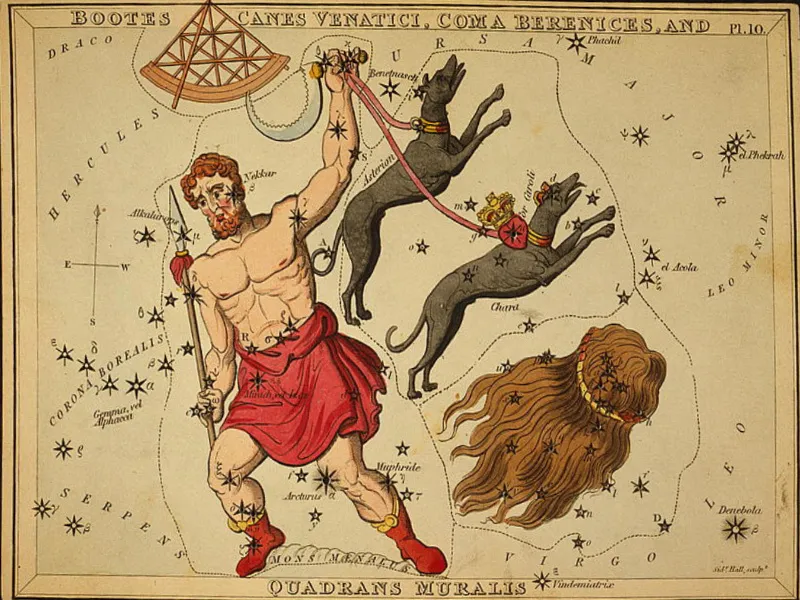The new year starts with the Quadrantid meteor shower. But don’t blink, or you might miss it.
The Quadrantids aren’t one of the more well-known meteor showers, but they can still bring a decent number of meteors… if you’re looking at the right time.
Most meteor showers have a peak that lasts a couple of days, but the Quadrantids’ shower is much shorter. It should peak within a few hours of 4 a.m. Eastern Time Thursday morning, according to Sky & Telescope.
NASA says the Quadrantids produce roughly 120 meteors per hour in perfect conditions, although that can vary quite a bit. And this year won’t have ideal conditions even if you get away from city lights, thanks to a half-full moon hanging in the southeastern sky during the peak.
If you give it a shot, let your eyes adjust to the dark sky for at least 15 minutes and try to shield the moon from view. The American Meteor Society recommends looking north. Even if moonlight washes out the fainter meteors, you might catch a bright fireball meteor as relatively larger particles burn up in the atmosphere.
The Quadrantids are unusual, like December’s Geminids, because they come as the Earth passes through the debris of an asteroid, rather than a comet. The name itself is also unusual; it’s from the constellation “Quadrans Muralis,” which didn’t make the cut in 1922’s official, modern list of constellations.
An image of an etching of an astronomical chart of constellations, showing a quadrant–Quadrans Muralis–above Bootes the Ploughman. Also shown are the dogs Asterion and Chara and the hair of Berenice. (Library of Congress)
The next noteworthy meteor shower is the Lyrids in April. Unfortunately, the moon will be nearly full for that show.
Our team of meteorologists dives deep into the science of weather and breaks down timely weather data and information. To view more weather and climate stories, check out our weather blogs section.

